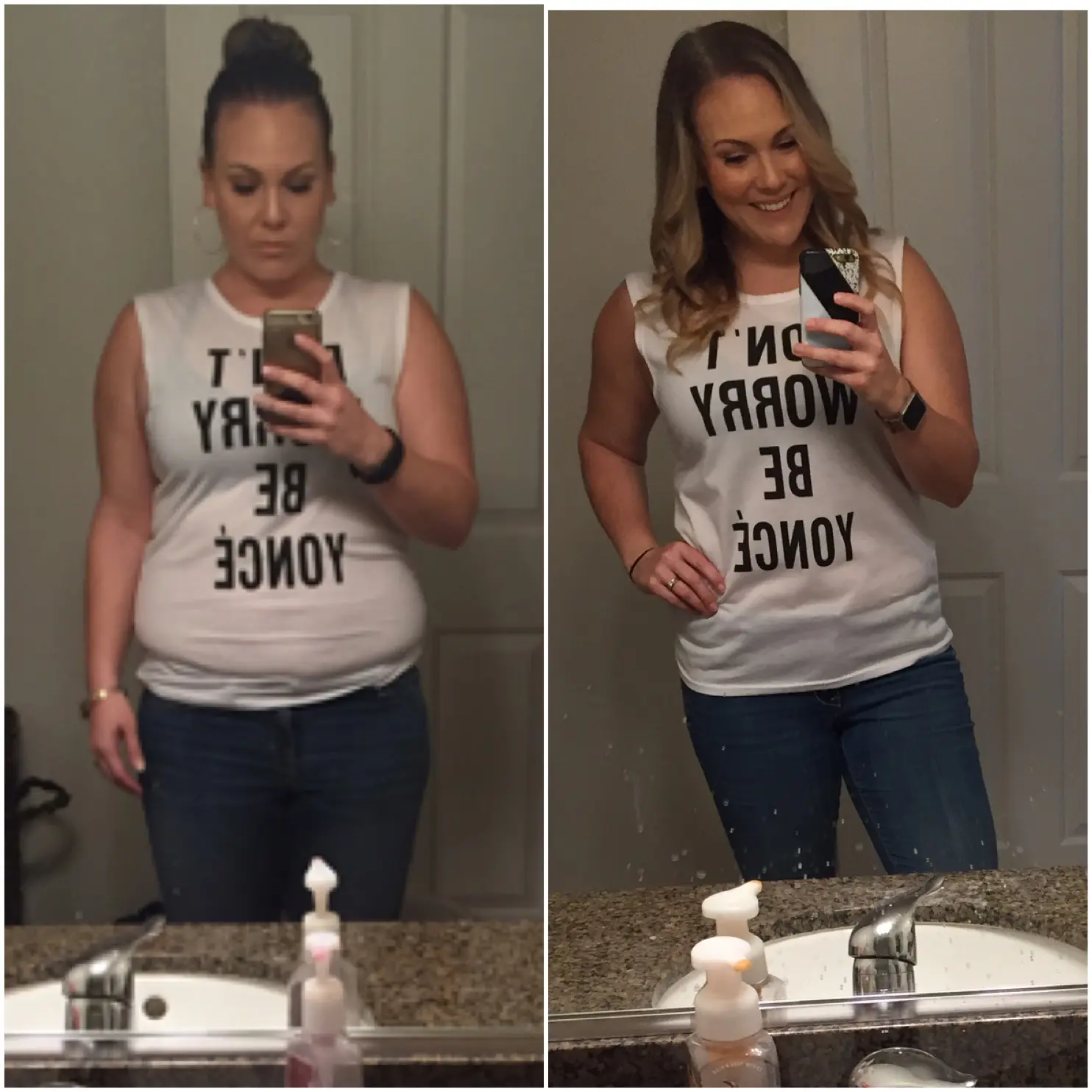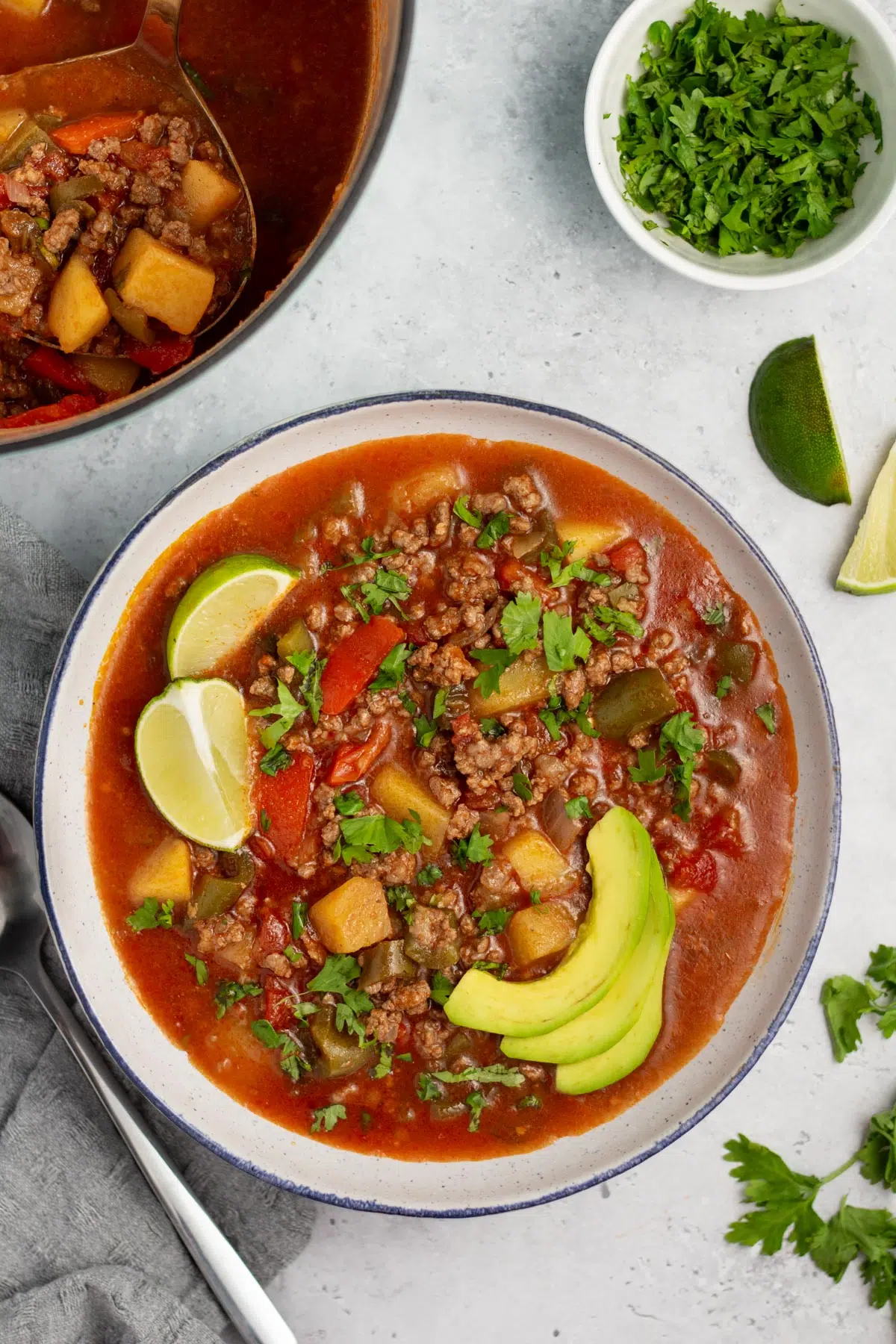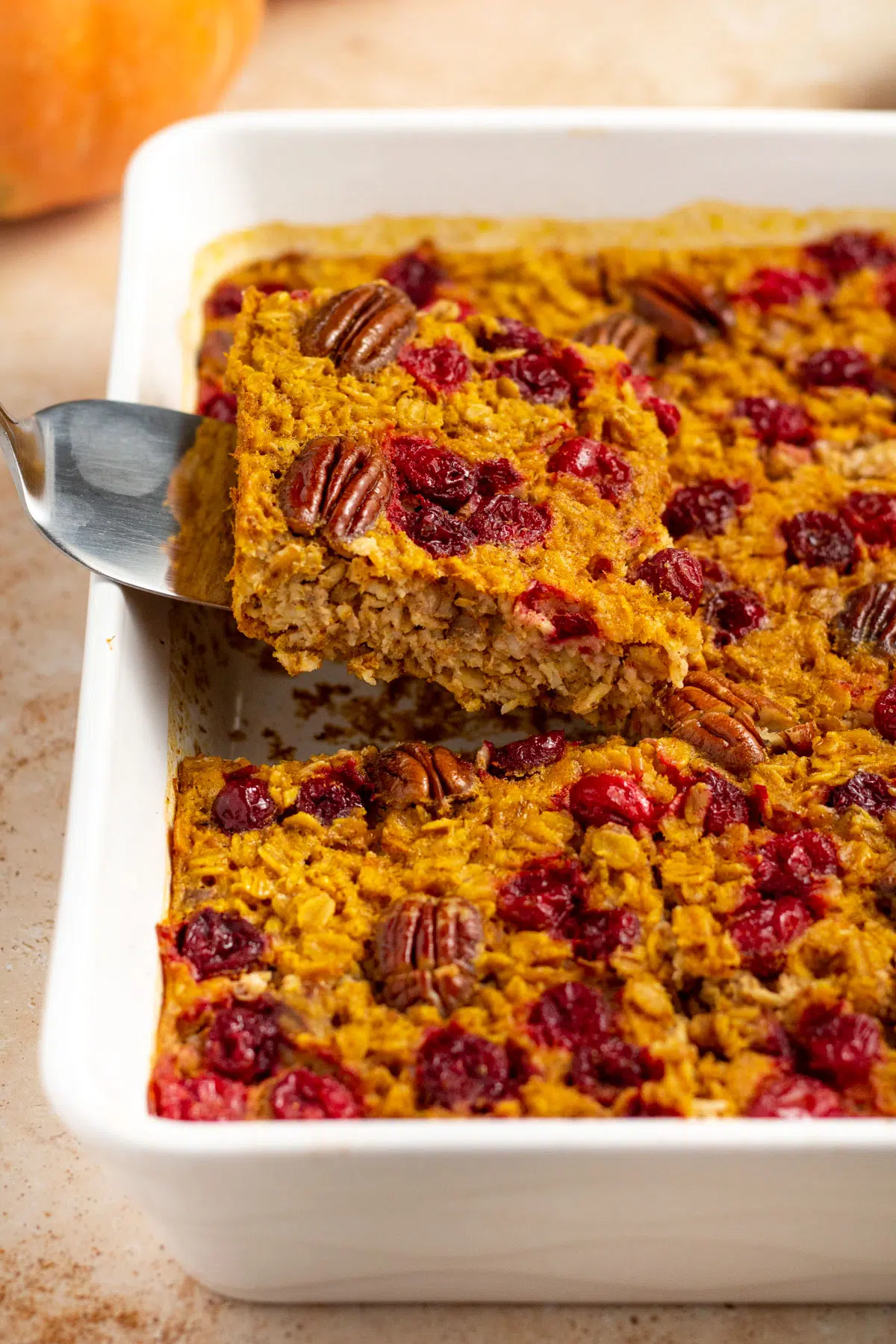Macros. If It Fits Your Macros (IIFYM). Flexible Dieting. It’s all the same idea really. I tracked my macros for a very long time and often got questions on my Instagram about macros in general and how I make it work for my life. So I thought I would share a little here about my experience. This will be all about my experience with IIFYM and a quick guide on how to track macros.

I lost the majority of my weight from 2012-2014. The concept of macros came into my life after I had maintained my loss for a couple of years and then started steadily gaining over the holidays in 2015. I was looking to switch things up and break myself out of the cycle I was in. Focusing on specific macro targets instead of just calories overall has changed my body composition. What I mean by that is that even though my weight loss since starting with macros may not be super drastic, my body looks very different in terms of how that weight is distributed. Case in point, the picture below. There is only about a 20 pound difference between the two but the bigger difference I notice is the change in the way my body looks.

People often ask what all this macro business is really about. So here is a little crash course into the world of macro tracking if you are looking into this as an option for yourself. Before I get into it though, I do want to stress that I am not a doctor nor a nutritionist. Everything I know about macros is based on my own research and my own personal experience. You should always check with your doctor before embarking on a new diet or exercise routine. Also, this here is intended as a very basic overview of macros and my experience with it but for a more in-depth look, this article here is an excellent resource.
First of all, what the heck is a macro?
Macro is short for macronutrient. Macronutrients are carbohydrates, fats and proteins. The basic premise of IIFYM is that depending on your personal goals and current body composition, your body needs certain amounts of proteins, carbs and fats. So for example, if you are in a fat loss mode (also called a cut), you will be eating in a small caloric deficit and you will probably have higher protein targets and lower fats and carbs (aka the fun stuff). If you are looking for muscle gain, you will probably need higher fats and carbs to ensure you are in a caloric surplus. Weight loss is essentially calories in versus calories out in its most basic form. To lose fat you have to burn more calories than you ingest. However, if you only look at calories, you risk missing out on a good balance of macronutrients. You can eat a 1500 calorie diet and if your only focus is on calories, those 1500 calories can come from pizza, cupcakes and brownies. With IIFYM, while you may be able to fit in a cupcake here and there, you are more focused on reaching certain macro goals which definitely calls for more nutrient dense foods. Protein is an important macronutrient when you are trying to lose fat as it keeps you feeling fuller. Additionally, increasing your protein also helps reduce the risk of muscle loss while you maintain a caloric deficit. Weight loss is generally slow on IIFYM (at least it was for me) since it’s recommended that you start with a smaller calorie deficit. The philosophy is that the weight you are losing is actually fat versus water weight and muscle and my goal is to nourish my body with as much food as possible while still losing fat. So that’s IIFYM in a nutshell.
How I Got Started
When I first started to track macros, I researched a lot about it and tried out many different online calculators. The problem was that I kept getting vastly different numbers with each one I tried. I felt overwhelmed and confused so eventually, I ended up going to someone who calculates macros for a living to get mine done. The nice thing about doing this is that I was also added to a Facebook Group of women who were all going through the same learning curve. It really helped when I had questions as a newbie. And I had A LOT of questions. This helped me feel like I was on the right track versus going about it blindly. I am someone who thrives on structure and if I was going to commit to this, I wanted to make sure I was doing it right.
I won’t lie, it was so difficult for me to make all the numbers fit at first. I felt like I was doing algebra all day. My carbs and fats were pretty much gone by lunch leaving me with insane amounts of protein to eat for the rest of the day. Unless I was planning on downing chicken and egg whites every night this wasn’t going to work. I learned quickly to plan my food in advance and balance out my macros so that I was getting adequate protein in throughout the day.

With macros, most things are tracked in grams so first and foremost, you’ll need a food scale to track. I got mine from amazon. And yes, you’re supposed to weigh EVERYTHING. So here is my little caveat. I will say, for some people, this method may not work for your lifestyle. If you’ve struggled with disordered eating in the past or you have obsessive tendencies, I can see how weighing everything you eat may do you more harm than good. For me, I was coming from a place where I was already tracking calories and doing so as part of my daily routine. It was an easy transition to start looking more closely at the way those calories were being divvied up. But even with that background, I have found myself frustrated and tired of counting and weighing every single thing I eat. I want to be completely honest and transparent here because it’s not always easy to constantly be consumed with the diligent tracking that IIFYM requires. I’ve heard tales of people busting out their food scales at restaurants or parties and that’s just not a place I wanted to get to mentally. I can understand if you’re prepping for a fitness competition but that’s usually not the case for most of us. Whenever I start to feel like I am going a little macro crazy, I usually take a few days off to just exist without my food scale. Then when I’m ready, I will come back to it.
Weighing my food has really helped to educate me about how much I was eating and what a serving size really looked like. Even though tracking can sometimes feel like a chore, it also showed me that I can’t eat a small handful of this or a handful of that and pretend those calories I ingested don’t exist. Everything adds up. It helped make me much more mindful when snacking.
Tips and Tricks
If you’re new to macros and looking for a few ways to make it all work, here are a few tips that helped me in those beginning stages.
- Prioritize your protein. This continues to be my main focus. I try to make sure my 3 square meals have at least 30 grams each. Then, I will usually round out the rest of my protein macros with my snacks.
- I like to input my planned meals using the myfitnesspal app the night before so I know what I am working with the next day and where my wiggle room is…or isn’t.
- Meal prep! This is key for me. Making my meals ahead of time and logging them into the app can be time consuming on a Sunday but it saves me so many hours throughout the week. I will be getting more posts up on my meal prep routine soon!

- Use the TARE button on your scale. Instead of putting my bowl on the scale to weigh out peanut butter for example, I put the peanut butter jar itself on the scale and then hit the tare button to zero it out. Then I scoop out some peanut butter. The weight will show minus however many grams you removed and then I log it in as such.
- Logging alcohol! So alcohol is its own macro at 7 calories a gram but since it’s not a macro you track (not proteins, carbs or fats), I convert it to either fat or carbs. Since I know fats are 9 calories per gram and carbs are 4 calories per gram this makes the math relatively simple. If a 5 ounce glass of wine (my drink of choice) is 120 calories, I divide that by either 4 or 9 to see how many carbs or fats it will be logged as. I go with whatever macro I can afford to spend on that given day. So for that glass of wine I can log it as either 30 carbs or 13 grams of fat. This is probably a more advanced tip but just in case you’re curious. I stayed away from alcohol in the beginning but it was helpful for me to know this when I was ready to bust out the wine.

My Future with Macros
One of the guiding principles in IIFYM is that a calorie is a calorie and it doesn’t matter where the calorie comes from. So basically, you can eat whatever you want as long as it fits your macros. While I agree that this may be true from a fat loss standpoint, my personal choice is not to disregard the micronutrients (vitamins and minerals) in foods for the sake of fitting something less nutritious into my macros. This is why I will continue to try to fill my daily macros with real whole foods as much as possible. You can read a little more about that here. The nice thing about IIFYM is that if I do decide to have something that is more of a treat, I can do so and make it fit my macros without feeling like I’ve blown the rest of the day. And that’s the appeal of macros to most people. On a typical restriction diet splurging is a huge no no. In the past I would do something human like have a cupcake or a slice of pizza and feel like I had failed. With flexible dieting the goal is to take away the guilt associated with food. Is it smart to splurge all the time? Of course not, but at least I know when I choose to it doesn’t mean I am sacrificing all my fitness goals. It definitely has to be strategic because if I do decide to splurge on something, I have to ensure I adjust my food intake accordingly for the rest of the day. This gives me some flexibility while still keeping me in a caloric deficit.
One thing I am transitioning to is trying not to stress about the exact fat and carb counts. I have a general calorie target and I make sure to try to hit my protein goal. As long as my protein is taken care of and I am within the calorie target, I don’t stress too much anymore about the exact number of carbs and fats. It helps me uncomplicate matters a bit and works well since some days my body is craving more fats and some days I need more carbs. And if there is a day I trained extra hard and my body is telling me it’s hungrier than normal, I feed it. I only restrict myself from food when I know I’m “fake hungry”. Those are the days I’m bored, or sad or stressed. Usually, I can chug some water and the hunger will eventually dissipate. If my body is still hungry after some water and some time, then I will eat.

I do not plan to track macros forever. I don’t think that it’s realistic to weigh and track everything I consume for the rest of my life. I would go absolutely nuts. My goal is to reach a place where I can eat intuitively and have macro tracking in my back pocket as a tool when I want to rein in my diet a bit and tighten things up. I have been toying with the idea of trying a Whole30 soon to get a better sense of my reactions to certain foods as well as to learn more about my body’s hunger cues.
Welp, that pretty much sums of the basics of how I track macros. If there is anything I didn’t answer or you have other questions, add them in the comments below!
Please note that some of the links above are affiliate links, and at no additional cost to you, I will earn a small commission if you decide to make a purchase after clicking through the link. The products linked are ones I use personally and wholeheartedly recommend. Thank you for your continued support!

















Leave a Reply